Hi everyone!
My name is Aoba Nakanishi, and I worked as the Lead Composer on Bayonetta Origins: Cereza and the Lost Demon. We often ran into obstacles in this project with so many fresh, young staff members working together for the first time. But with the support of so many other creators, I am truly happy that we were finally able to deliver this creative piece to the world!
Before I delve into the main topic, I would like to give you some insight into how I became Lead Composer for the game. I’ll never forget the winter of 2020. My first winter at PlatinumGames. Hiroshi Yamaguchi (*1) called me into a meeting room. He told me that they’d need my support on Bayonetta Origins. I had to switch from Bayonetta 3 to this project. AND be the Lead Composer for it…OK…
The Lead Composer for Bayonetta Origins was originally Hitomi Kurokawa (*2) But as she was going on maternity leave, they were looking for someone else to fill the spot for the time being. Hiroshi Yamaguchi told me that my role as the new Lead Composer was to carry on from where Hitomi Kurokawa left off and expand on the existing concept. I was at once both elated because it was a project I wanted to be involved in, and anxious about whether I would be able to do the actual job in my new position. I remember asking Hiroshi Yamaguchi if I would be able to do it, since I was a little unsure of what it entailed, and I didn’t have much experience. I remember him responding with something like “Honestly, it might be a little too soon for you, but I think you have the determination and will to pull it off”.
(*1) A composer who manages and supervises music production at PlatinumGames. He has worked on every Bayonetta title.
(*2)Composer at PlatinumGames. She composed the theme song for the game. Read more about the making of the theme song here.
I believed Hiroshi Yamaguchi’s words oh-so-easily, and I took over (working remotely) from where Hitomi Kurokawa left off. At that point the main theme song as well as some of the forest, Tír na nÓg and battle themes had already been created. There was also an established concept of the music varying depending on the “bond” between Cereza and Cheshire (more on that next time!) I remember that the concept behind the music created by Hitomi Kurokawa was so fascinating that I instantly felt the pressure and a sense of responsibility to do it justice. I realized later that maybe I had indeed taken on quite the daunting task after all.
As time went on, I received tremendous support from the sound team, led by industry veterans, and did a lot of work—not only composing music, but also directing music, handling outsourcing, and implementing some of the music as well! At the time I took over, this was a relatively small-scale project with a total of about 60 songs in mind, but gradually the game became more and more filled with amazing content. If we include all the small pieces of music, then it comes to a total of 185 pieces. Don’t you think that’s bit much?!
To complete the creation and implementation of these songs, six in-house composers and two external composers worked on the project. There were many hardships along the way, but the fun outweighed all of that. The days I spent working on this project were priceless. I would like to thank everyone on the team who supported the whole effort. I would also like to thank Hiroshi Yamaguchi for providing me with the precious experience of being appointed as the lead, even though I may have thought he was an Evil Boss at the time.
OK, wow, that was a long introduction. That said, I do want to cover a lot of details in the music development blogs, and I would be happy if reading this blog helps fans enjoy the music even more when they play the game. It’s time to take over the baton from Hitomi Kurokawa in this series of posts (read her article here) and get into introducing the musical concepts for Bayonetta Origins.
The Music of Bayonetta
Let’s talk about the musical concept. This game portrays Cereza before she became Bayonetta. With it being a spin-off, we still needed to keep the music from the mainline series in mind, too. When it comes to the music of the Bayonetta series, I am sure that the following characteristics come to mind…
- Jazzy and stylish atmosphere
- Large orchestra
- Powerful cinematic sound
Reference: Bayonetta 3 Music Vol. 1 Music Concept
Should we carry on these musical elements as a series, then? Hmm…but this game is not about the powerful witch Bayonetta whom we know from the mainline series. It’s about the growth of apprentice witch Cereza and newborn demon Cheshire. After contemplating this concept extensively, I felt that jazz music is too closely tied to the composure and sexiness of Bayonetta. I didn’t think that would suit the young, inexperienced pair. I also got the impression of simplicity and coziness from the picture-book motif of Bayonetta Origins, so I didn’t think that a powerful large orchestra or cinematic sound would be appropriate either.
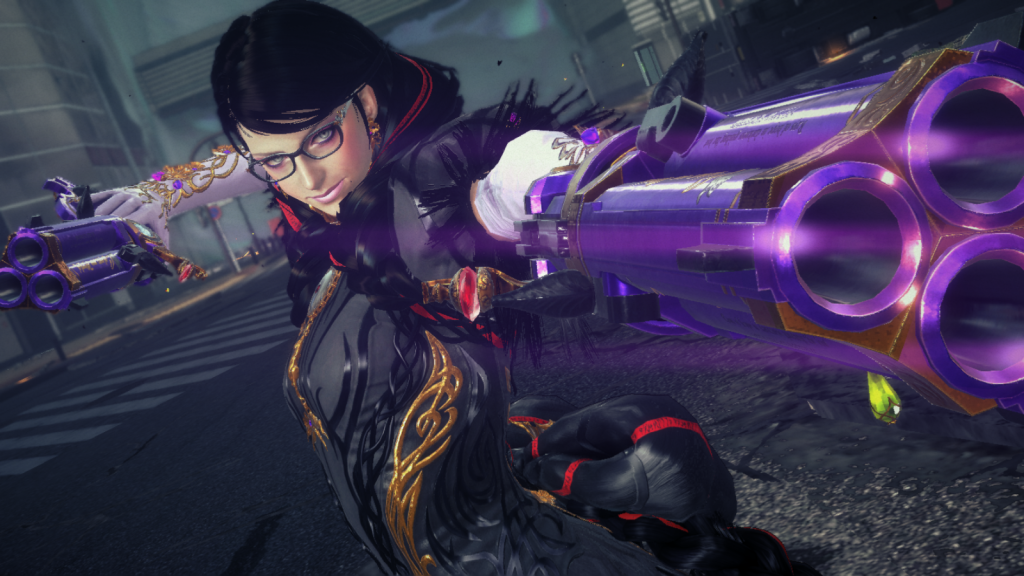 Bayonetta
Bayonetta
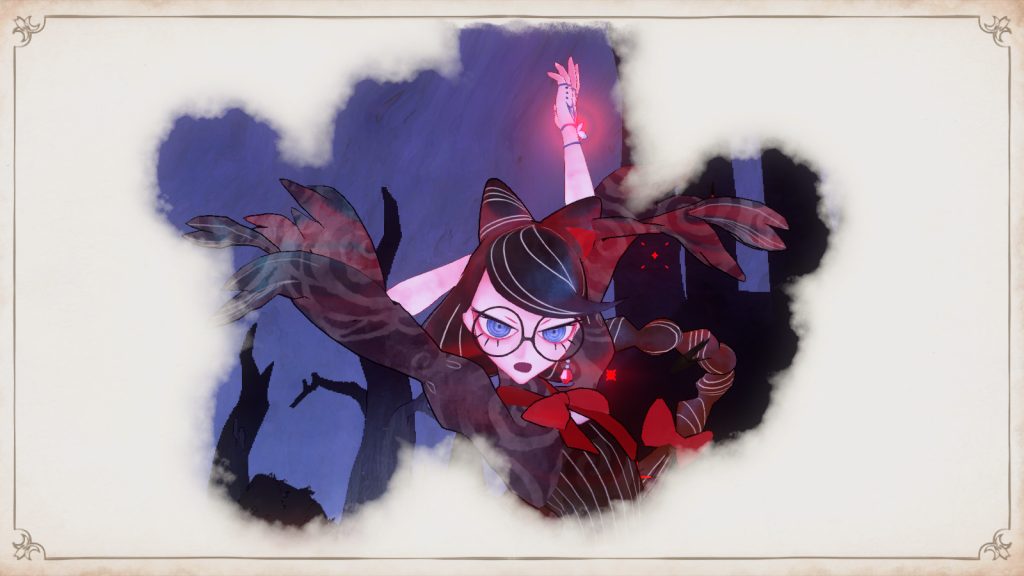 Cereza
Cereza
Cheshire certainly is a very important character, but the heart of this series has to be Bayonetta herself. However, the music shouldn’t be expressing the strength of the adult Bayonetta, but rather on the fragility of the growing girl Cereza. I also wanted to create a sound that would match the picture book touch… In order to realize this vision, and to stay true to the foundation laid by Hitomi Kurokawa, I decided to take on the challenge of developing a music style new to the Bayonetta series.
Concept behind the music in Bayonetta Origins
In this game, we tried to express the atmosphere of purity and cute charm that is characteristic of a young girl. We expressed this with delicate musical touches using acoustic instruments. In addition, we attempted to express the simplistic and artistic atmosphere of the picture book style with the actual material feeling of the musical instruments. If I were to describe the concept in one word, it would be…
Delicate acoustic sound of a small ensemble
This was our ultimate goal behind the concept. Comparing the music of Bayonetta Origins with the aforementioned concept of the mainline Bayonetta series, we can see the change in the concept as follows:
- Jazzy and stylish atmosphere
⇒Artistic atmosphere - Large orchestra
⇒Active use of solo instruments, in as small an ensemble as possible - Powerful cinematic sound
⇒Delicate, acoustic sound
Conveying a creative concept through words alone definitely has its limits, so I would like to delve deeper into the characteristics of the music of Bayonetta Origins: Cereza and the Lost Demon by introducing some of the songs from the game!
Songs of Bayonetta Origins and delving deeper into the creative elements
■The music at Morgana’s house
♪Play Music
If you look at the dance animation in the video above, you can see that Cereza is performing ballet (Hard to believe she’d transition from ballet to such “acrobatic” dance moves as Bayonetta…) In keeping with this classical dance seen during the Witch Pulse feature and the game’s fairy-tale world, the music is also more waltz-like with a three-quarter time. Incidentally, the music played at Morgana’s house consciously accentuates the atmosphere of baroque music to express Morgana’s grandeur as a long-standing noble witch and her strict, dignified character. The viola and cello in the melody were recorded with real instruments, and we valued the sense of materiality of the instruments themselves. Not all the music was influenced by classical music per se, but many of the pieces were so, thus creating music with an artistic quality. We also consciously incorporated the stylings of Celtic folk music into the game.
■The music after acquiring a new elemental power
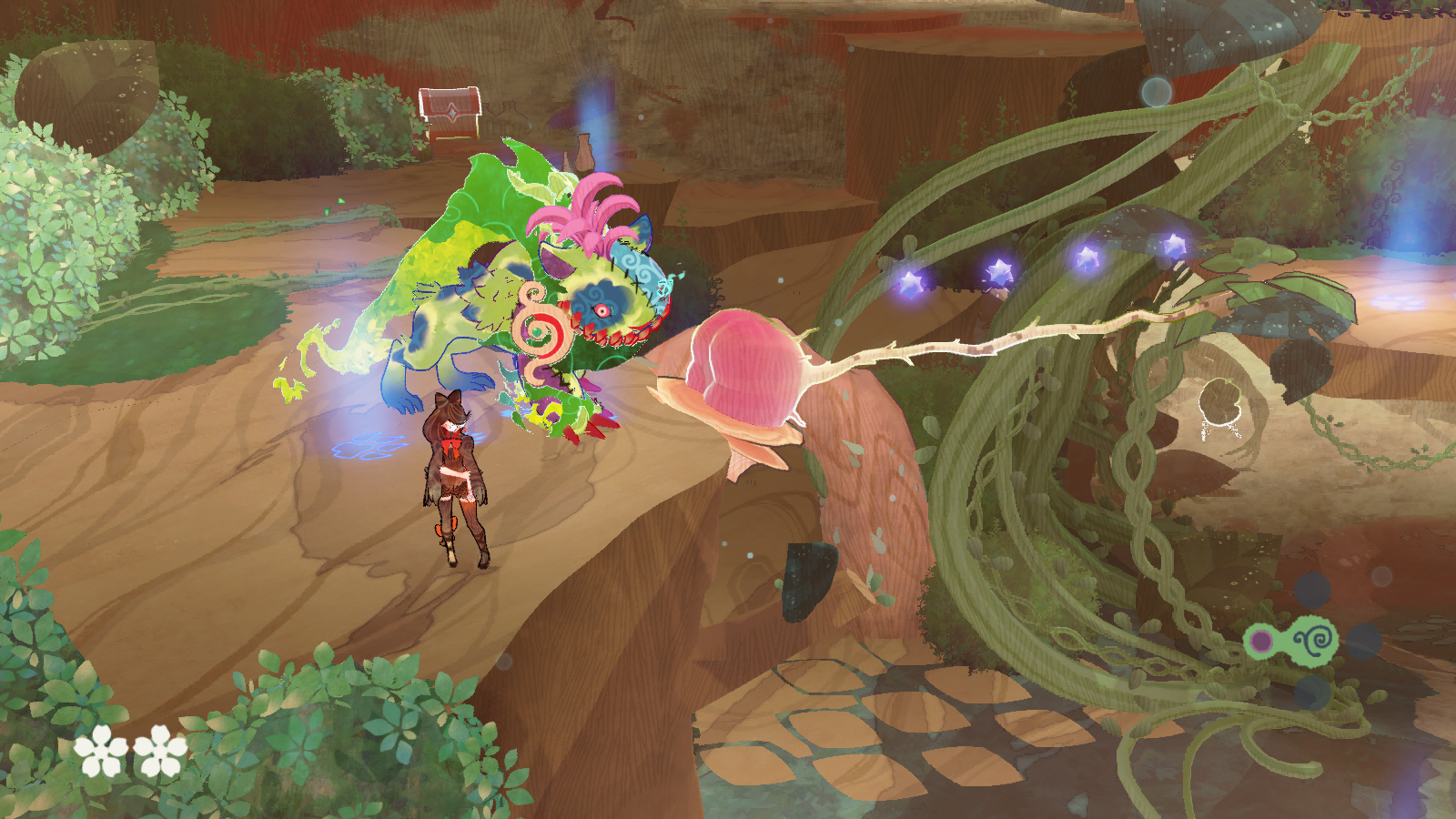
♪Play Music
The atmosphere of Celtic folk music was incorporated to enhance the theming of the game’s world as well as its affinity with the theme song. In addition to the piece introduced above, the music that plays when saving your game or concocting in the sanctuaries, as well as the battle theme towards the end of the game are also based on Celtic music and use folk instruments. So it may be interesting to pay attention to these pieces when you play the game!
■The music when a cutscene is playing
It is no exaggeration to say that the cutscene music epitomizes the delicate acoustic sound of a small ensemble of instruments. Let’s take a look at the cutscenes then.
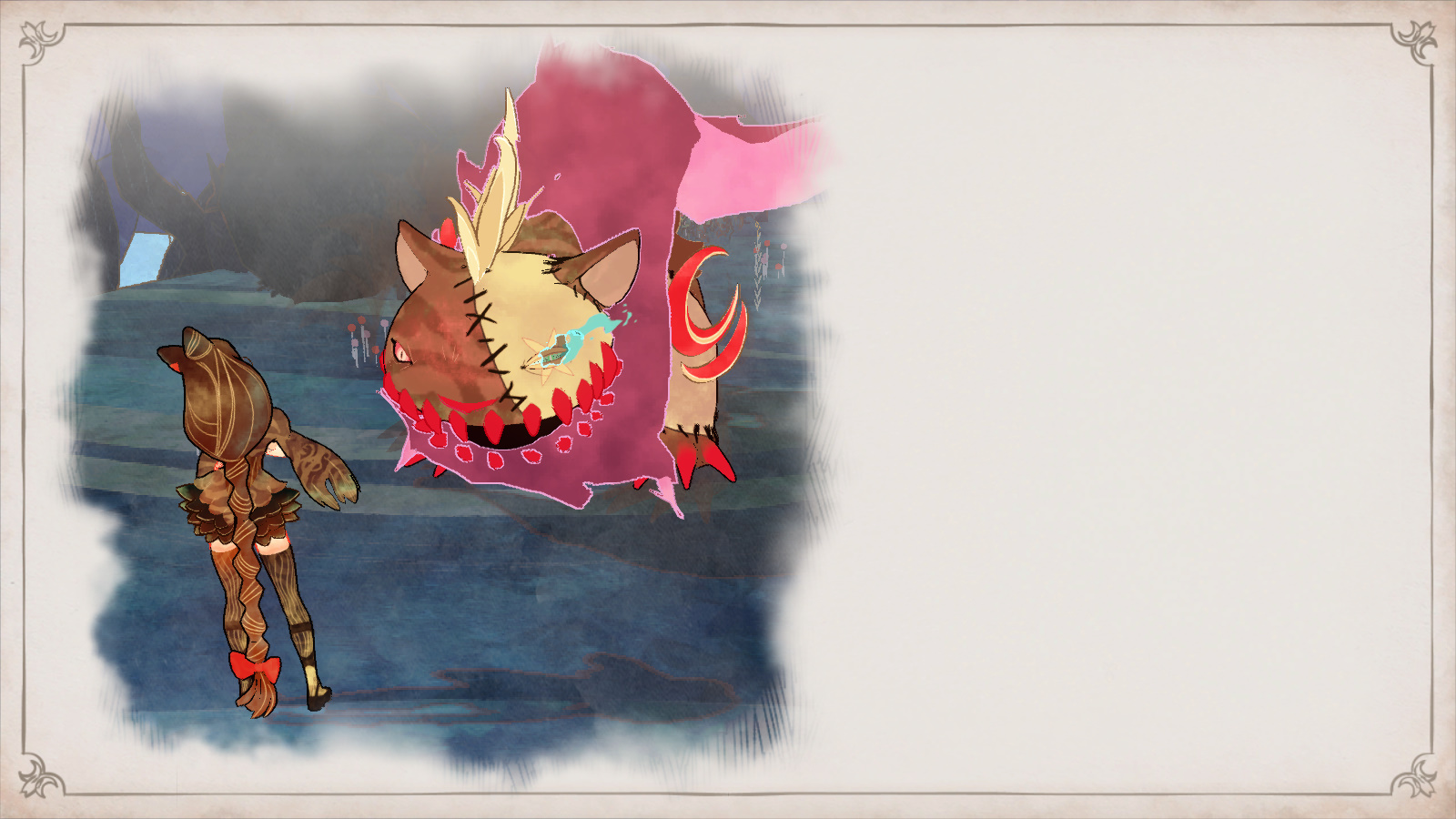
♪Play Music
Other than a few exceptions, most of the music for the cutscenes is chamber music recorded with acoustic instruments.
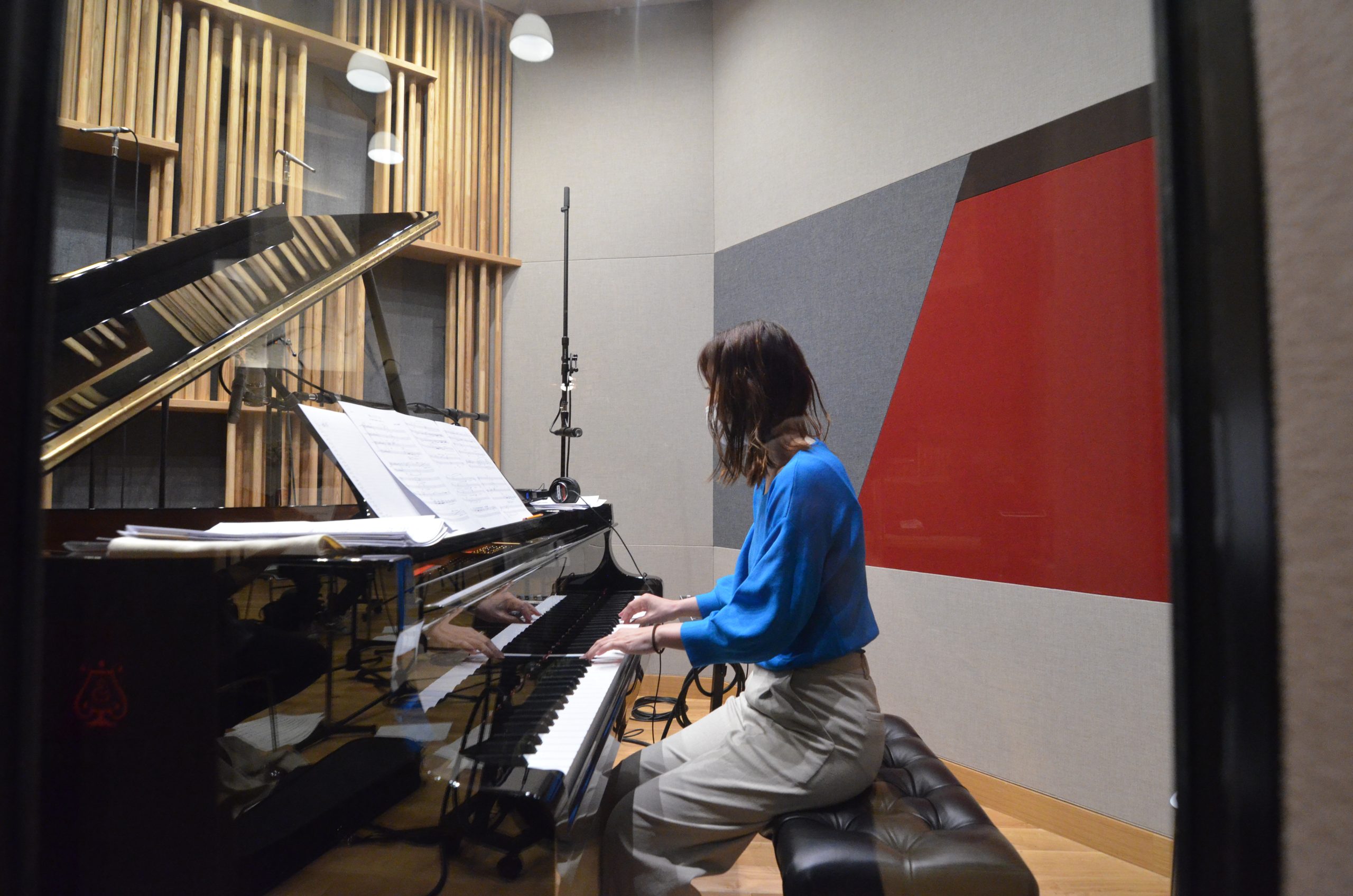
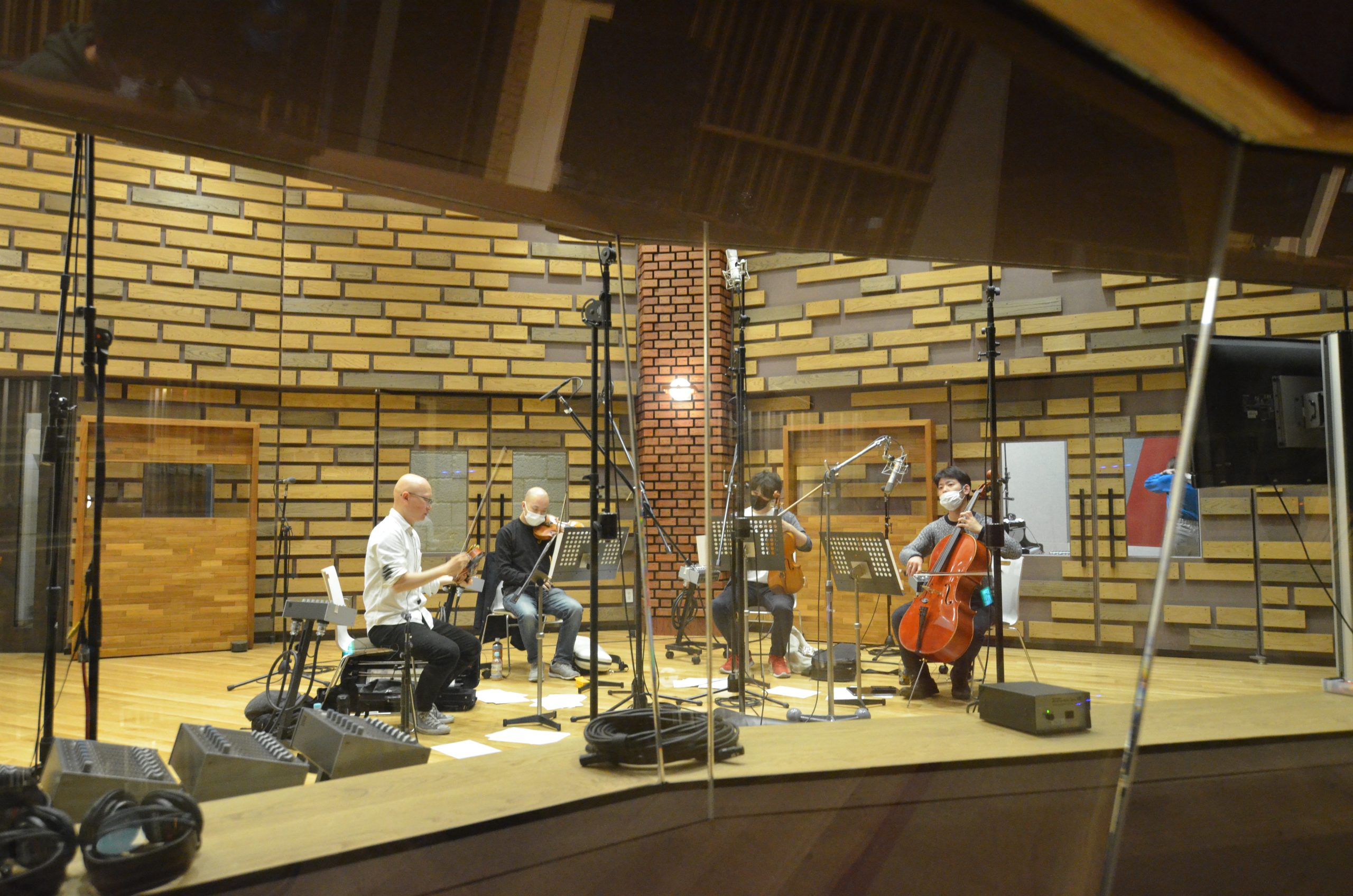
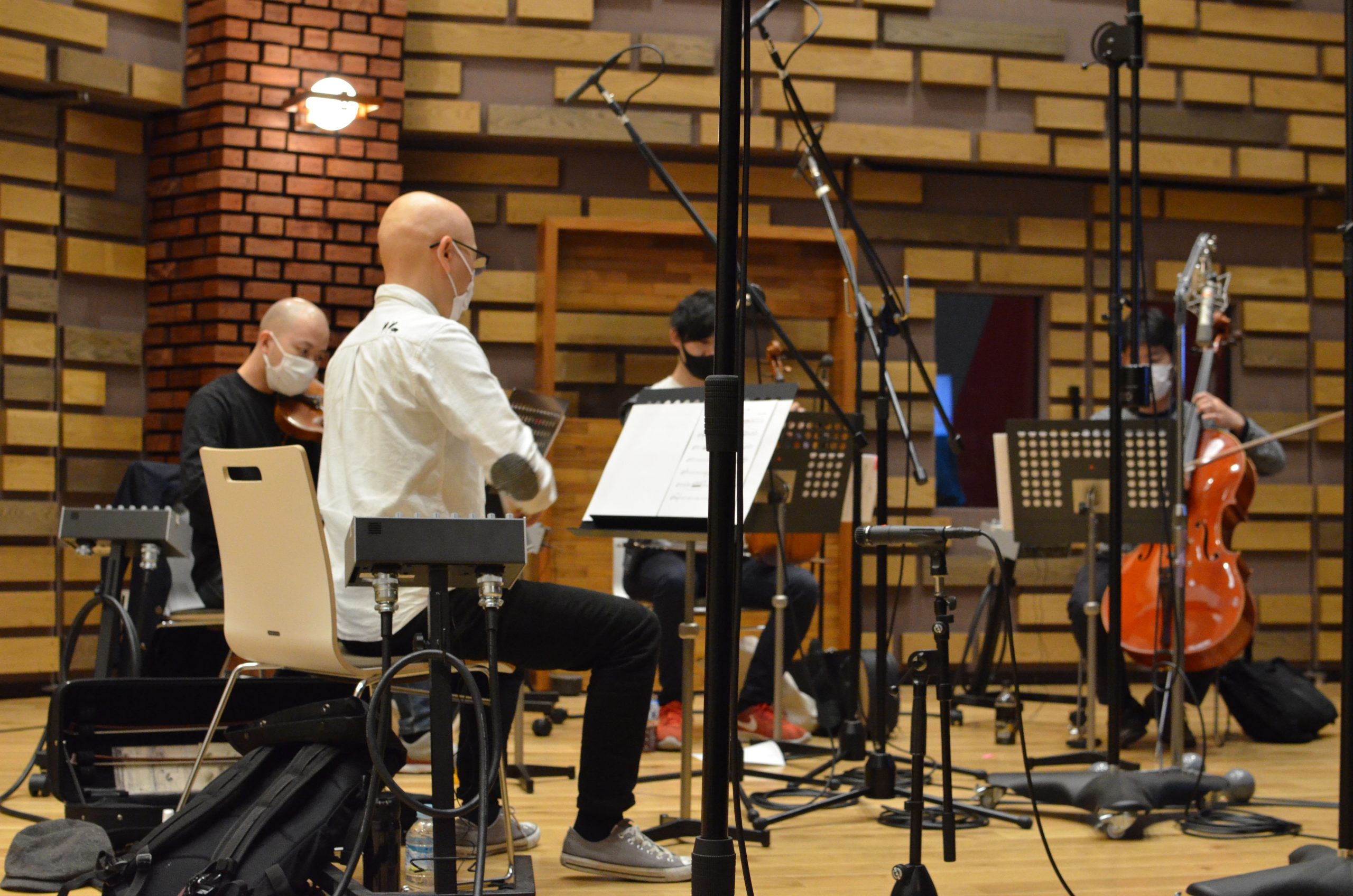
Chamber music is a type of instrumental music performed by a particularly small ensemble. By instrumental, I mean music which has no vocals. For this game, the basic instrumentation we had was constructed of a quintet of violin 1, violin 2, viola, cello, and piano. Please listen to this song that plays during a certain heartbreaking scene.
♪Play Music
So, what do you think? Doesn’t the violin at the beginning sound like someone’s lament, piercing you right through the heart? I think this sense of direct emotional resonance is the charm of music performed on real instruments with the musicians all performing together. In chamber music, the focus is on the individual instrument, and the role of each instrument becomes larger in a sense. Although it is not as powerful as a large orchestra, you can clearly hear all kinds of miscellaneous sounds coming from the instruments here and there and a raw sense of emotion, giving it more of a human touch and hence getting the audience more emotionally involved in the story through the music. In addition, we tried working with the instrumentation to create a warm and lasting atmosphere, as if there were a musical ensemble right there accompanying a picture book reading.
We will go into more detail about this in another article with more insight from Ayana Tsujita, the external composer who composed these wonderful chamber pieces!
■The significant role that piano plays in the game
And, when talking about the characteristics of the music in this game, we must not forget the piano.
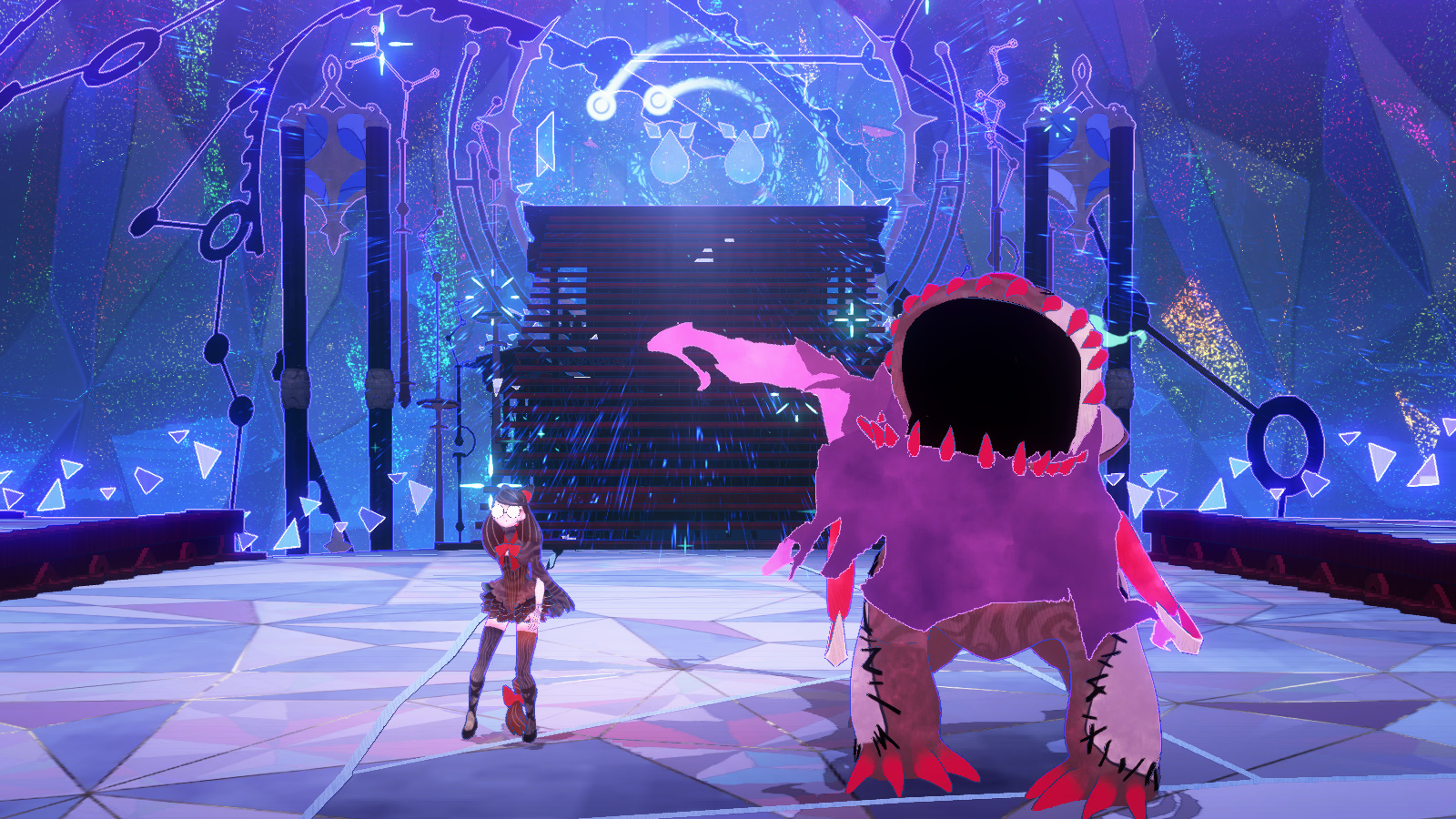
♪Play Music
If you have already played the game, you may have noticed that there are many pieces of music that use the piano, such as the little jingles. This is because we asked all the composers to incorporate the piano as a concept instrument for the entire game—creating a sense of unity. It was also an experiment made possible by the presence of a trained pianist on the team. I should let Masahiro Miyauchi, the “jingle master”, tell you more about why he chose the piano at some point…
Elements we carried over from the Bayonetta series
We have talked a little about how the music differs from the mainline Bayonetta games, but of course there are some aspects that we inherited with respect to the series!
■The music from Cereza’s dream in the Prologue chapter
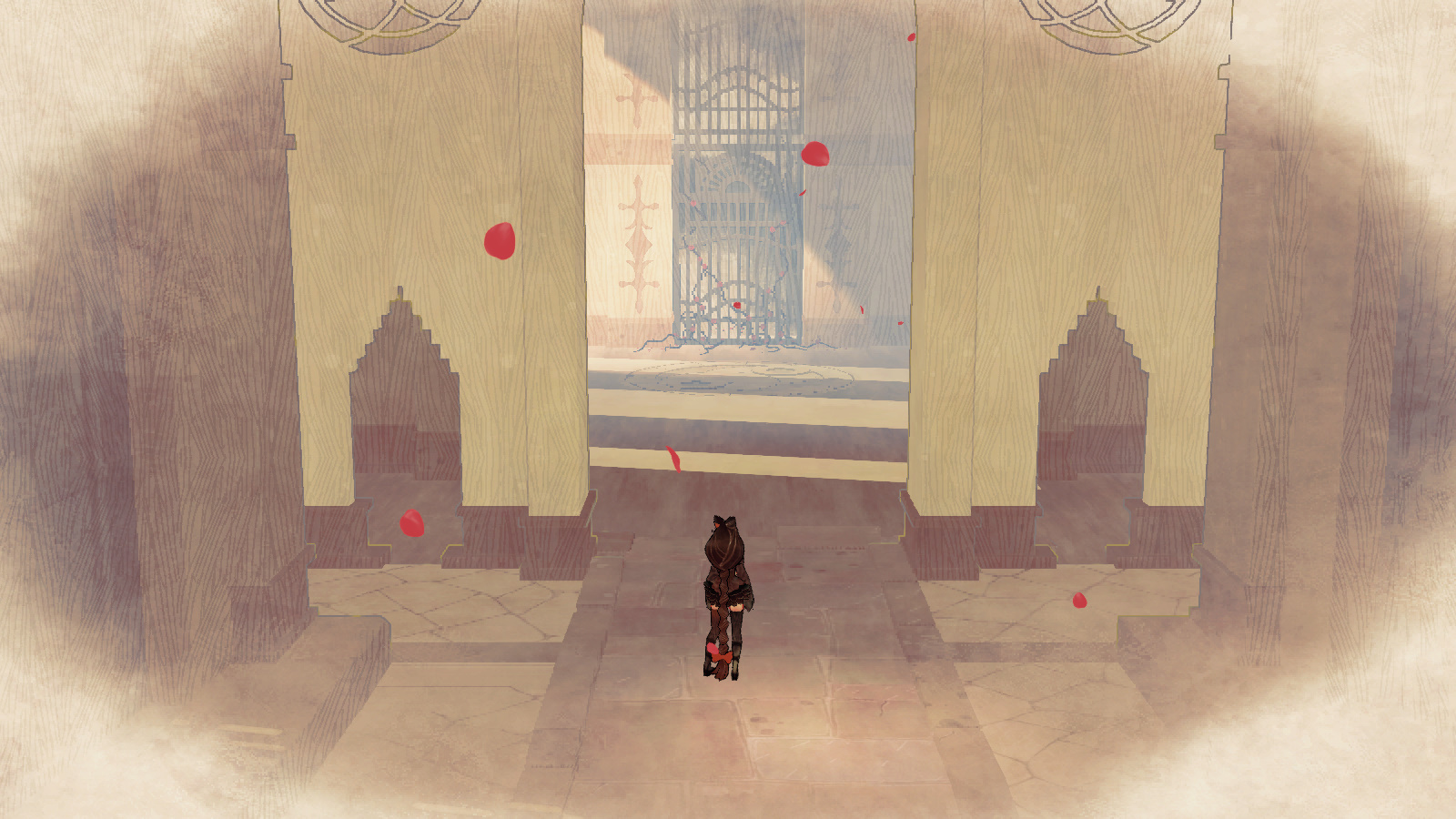
♪Play Music
If you have played any of the mainline titles in the Bayonetta series, you may recognize the familiar melody used in this piece. We also have other pieces which include arrangements of and melodies from the music of the mainline Bayonetta titles. Keep your ears open and try to recognize these tunes! ♪
And just between us, I have one more story to tell. As I explained at the beginning of this article, we made the decision to not use jazz music, but we made an exception for a certain important scene in the game! Keep your ears out for this one as well!
And in fact, we had a composer since the very first Bayonetta game lend us a hand on the project! Rei Kondoh of T’s Music composed multiple pieces for all three of the mainline Bayonetta games, and we are truly honored to have been able to work with him again!
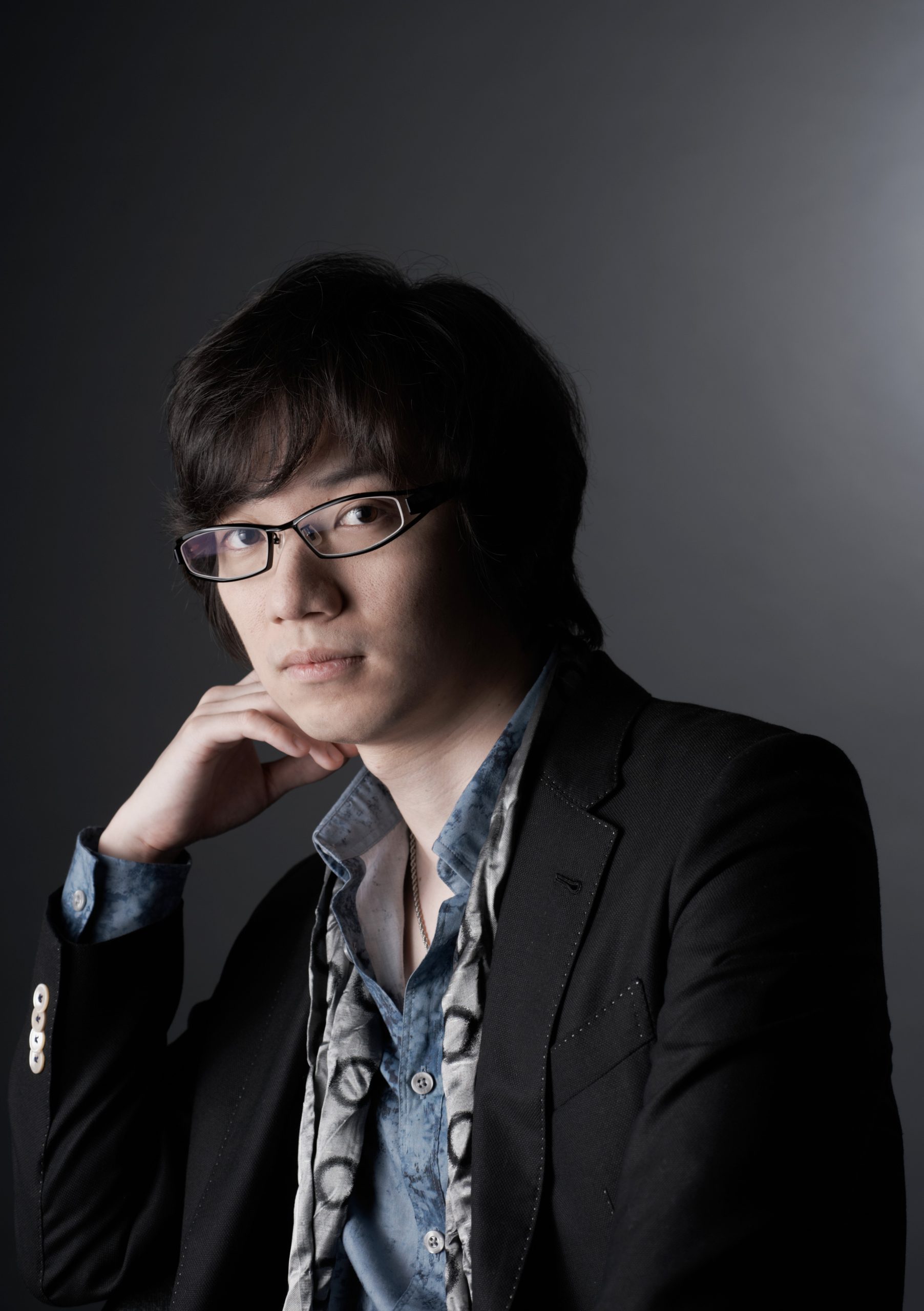 Rei Kondoh, well-known for his work in the Bayonetta series.
Rei Kondoh, well-known for his work in the Bayonetta series.
He rearranged his track “Friendship” from the first Bayonetta game into an acoustic version! Listen to them both below.
♪“Friendship” Original
♪“Friendship” Bayonetta Origins Ver.
He was kind enough to compose this new acoustic version over a decade after writing the original. Some emotional stuff, right?! If you haven’t played Bayonetta Origins yet, please look forward to the scene where “Friendship” plays!
So if we go back to the small ensemble theme we were going for, it might be a bit of a surprise to have such large scale pieces pop up out of nowhere, right?
Well, the overall concept ended up being to use a small ensemble for the music, but to use large orchestral pieces for important situations and boss battles to impose a powerful atmosphere.
■The music in the Jabberwock battle
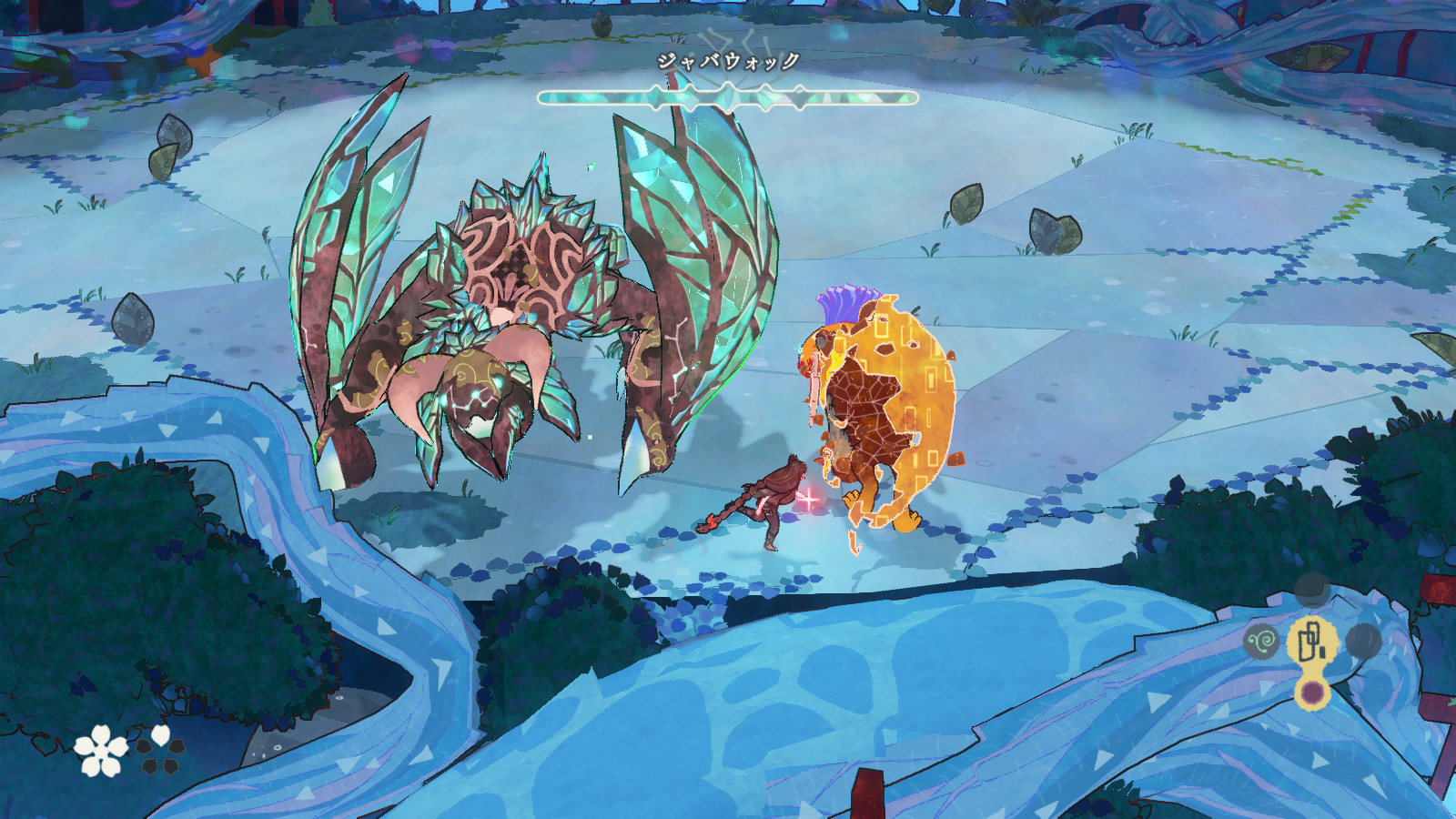
♪Play Music
The music is full of variety, and I truly hope you will enjoy its rich contrast!
The musical contrast of the forest and the faeries
Speaking of contrast, the atmosphere changes drastically when it comes to the music in the forest and the music on the faerie side.
■The music in the forest
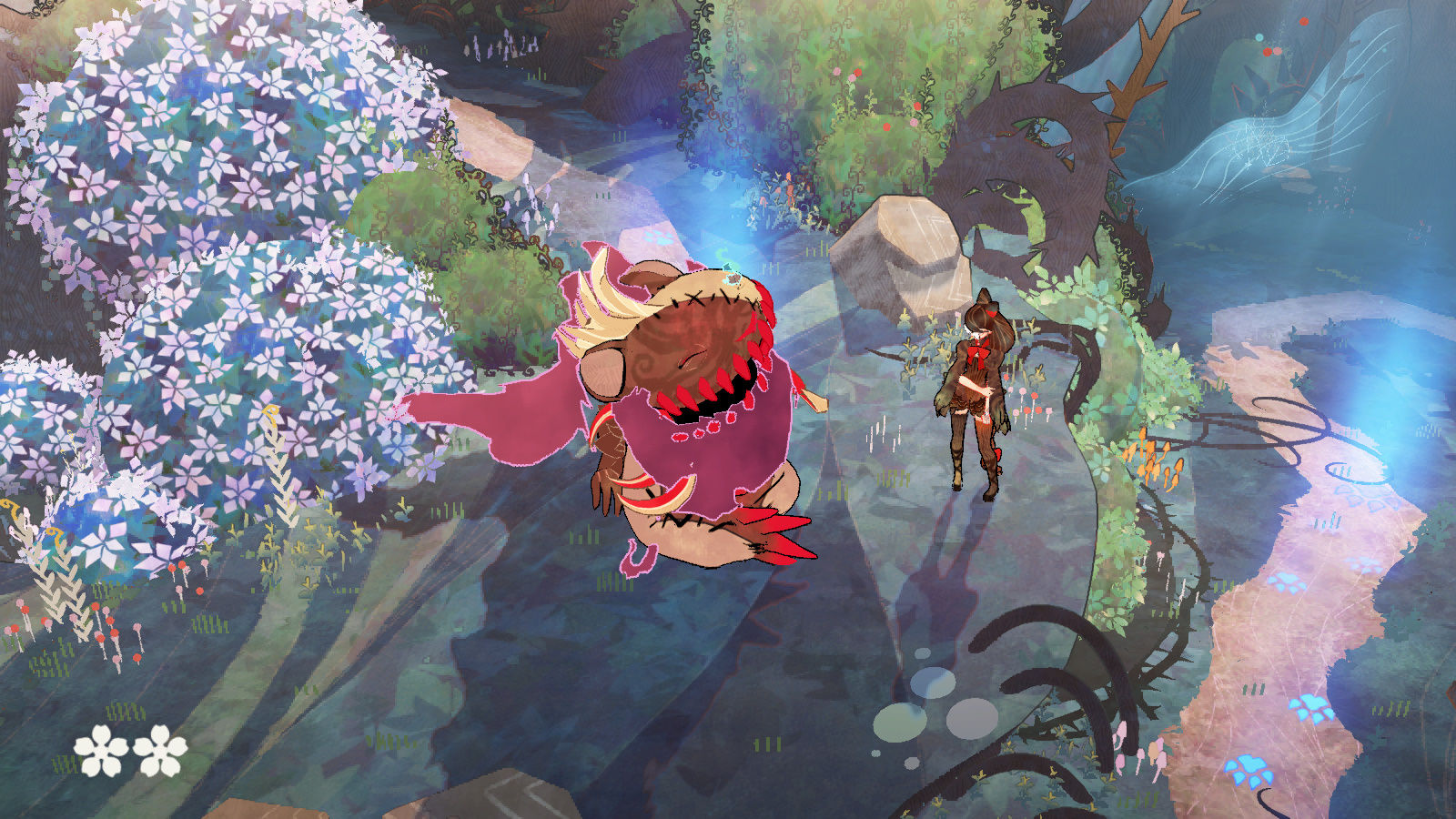
♪Play Music
For the music here, we actively used instruments made of wood, which are compatible with the whole forest concept (Such as solo woodwinds, strings, marimbas, etc.)
■The music in Tír na nÓg
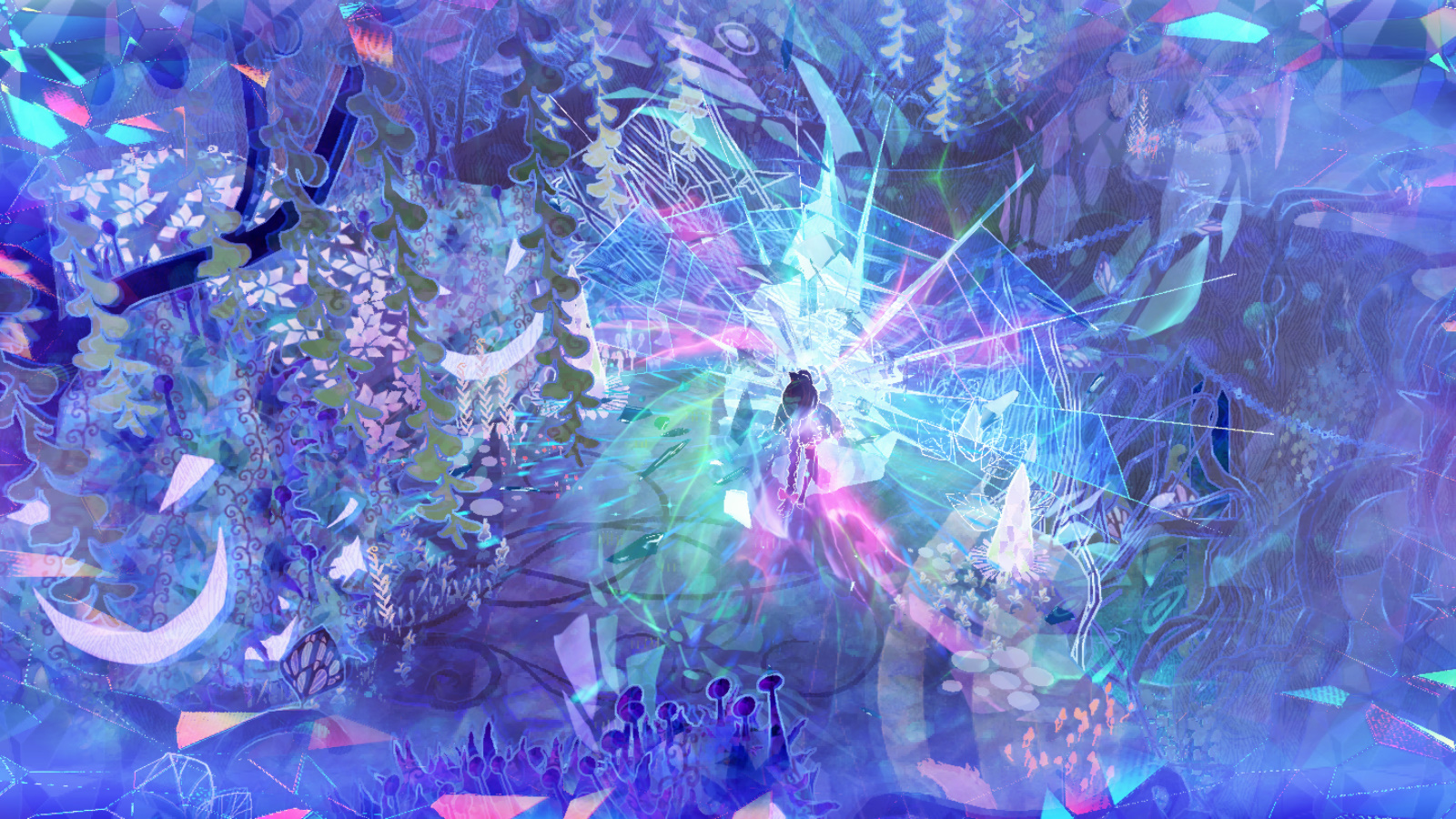
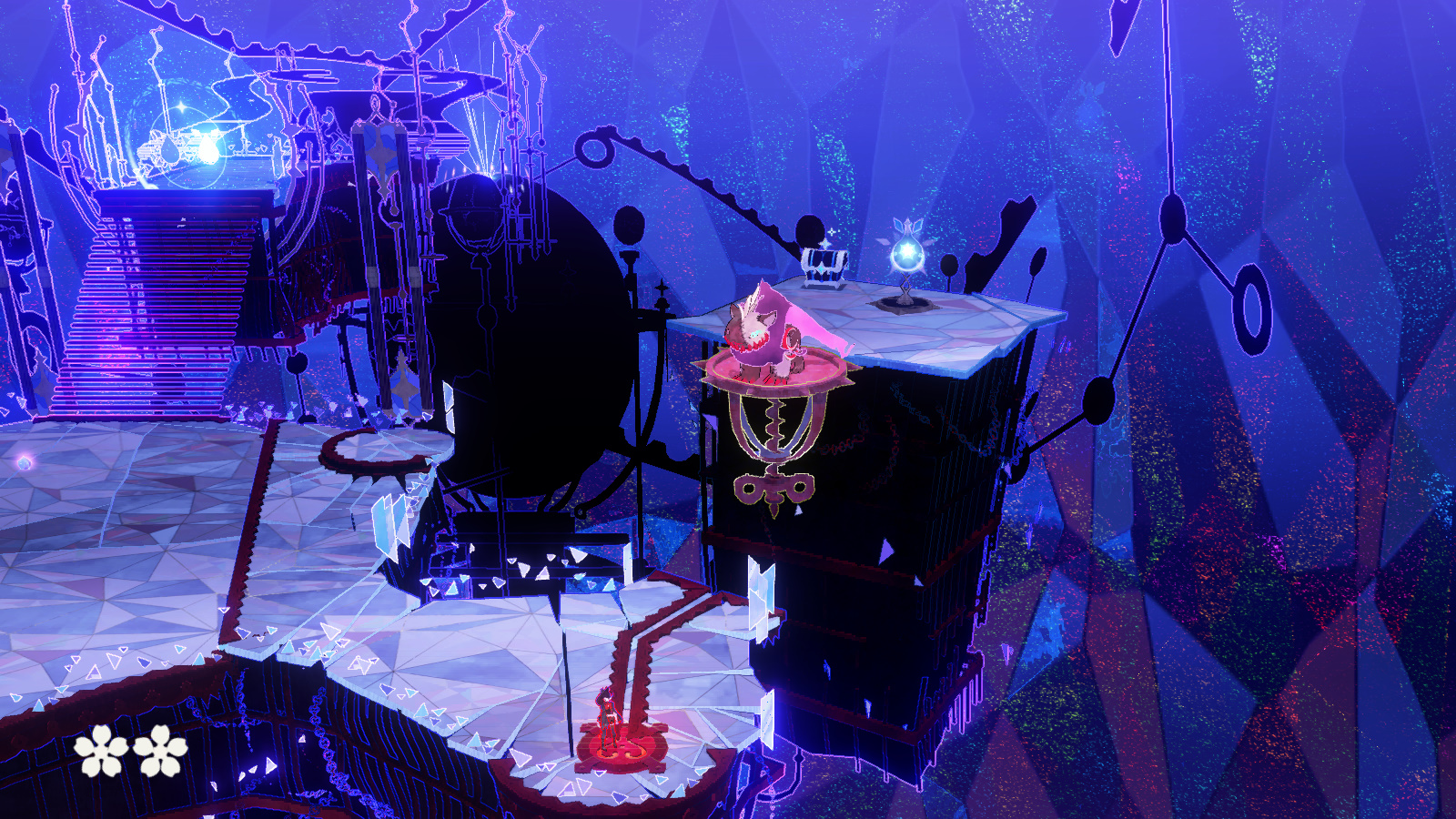
♪Play Music
With stained glass as the design motif of the faeries, we expressed the enchanting atmosphere with tinkling high-range instruments such as bells and antique cymbals. The mischievous nature of the faeries, as evidenced by the way they bring humans and wisps into Tír na nÓg and torment them, is expressed through toy-like instruments, most notably a toy piano. The music of the forest and the music of the faeries have different atmospheres, and there is a change in the musical style when exploring the forest or taking part in battles.
The arrangement of the music changes when you engage with an enemy. While retaining the instruments that remind players of the forest, such as the strings and marimbas, you can also hear additional instruments which represent the faeries. This allows us to express how the forest has become infested with their presence.
Afterword
OK, this was a long entry! I really hope you enjoyed it though.
There is much more I would like to write, but I’ll stop here!
In the next music blog, let us talk more about the music associated with the growth and bond between Cereza and Cheshire. Stay tuned!
We hope you will enjoy the music of the game, which is filled with the love and dedication of the entire team. We also hope that the music will be engraved in your hearts along with the enchanting world of Bayonetta Origins: Cereza and the Lost Demon. Until next time!
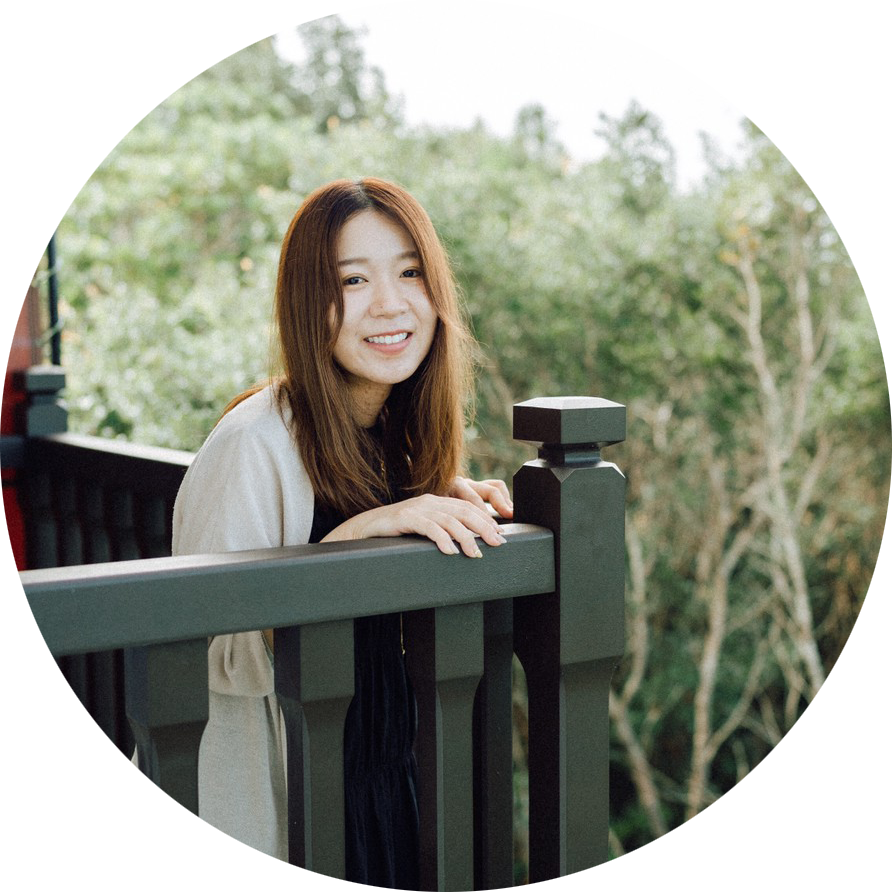 |
Aoba Nakanishi Joined PlatinumGames in 2019. Composed boss battle themes for BABYLON’S FALL and field music for Bayonetta 3. For Bayonetta Origins: Cereza and the Lost Demon, she acted as Lead Composer and oversaw the general music direction, as well implemented some of the music into the game. She plays saxophone as a hobby, and performed a traditional Japanese instrument called a hichikiri for the World of Demons soundtrack. |